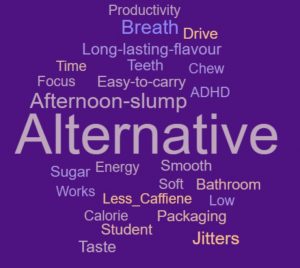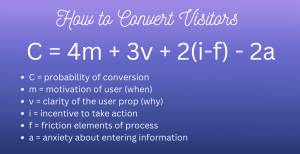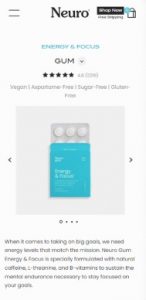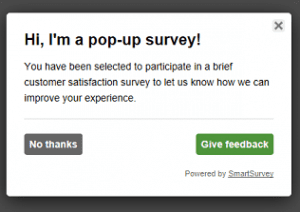Surveys are an underrated tool for boosting your conversion rate. In this article, we’ll show you how to set up surveys, what software to use, and how to use survey data to drive better conversion rates.
We’ll also show you a proven tactic for improving conversion rates, which one of our clients used to improve their conversion rates by more than 20%.
Swipe my Visitor Survey here (Including what software to use).
Swipe my Post-purchase survey (can be emailed or as a pop-up on thank you page).
Why Are Surveys Important?

A lot of businesses don’t recognize the value of customer surveys, and in fact, 99% of the companies we’ve worked with never set up their own survey. But surveys provide valuable insight into what customers think of your products, brand, and your website, and show why your website isn’t converting. Customers will tell you what they want; you just have to listen.
The key to setting up the right survey means asking the right questions and compiling the data correctly. If you have a gut feeling about your customers, you can prove that feeling with hard data from your survey.
When setting up your survey, ask yourself: What do I need to know about my customers’ values? What are the customers’ motivations to buy? Why might my customers hesitate to purchase something on my site?
The Top 3 Issues With Surveys Today:
- Surveys are too long or questions are not tailored to extract the right info.
- Not compiling the data into categories, preventing you from making meaningful observations.
- Not knowing how to take the data compiled and turn it into conversion improvements on your eCommerce store or website.
In this article, we’ll address these issues and show you how to fix them.
The Survey Data Case Study

One of our clients improved their conversion rates by more than 20% using these tactics.
Our client thought they already knew who their customer was, but they had no hard evidence to prove it. To prove (or disprove!) their hunch, we set up customer surveys by review mining.
Review mining is a method of gathering customer data by going to external platforms like Amazon Trust Pilot. We divided reviews into positive and negative boxes and analyzed the common attributes.
Our client was an energy gum brand. Based on the thousands of customer reviews and surveys we analyzed, we created what we call the “voice of the customer tree”. Customers who use energy gum mentioned perks like an alternative to Red Bull, preventing an afternoon slump, and good breath. Customers had concerns that the gum would make them jittery. All pretty reasonable for an energy gum.
However, what we and the client didn’t expect as a main value proposition was the gum’s long-lasting flavor. The flavor came up in a lot of customer reviews. Customers also loved the gum as a healthier alternative to coffee and sugary energy drinks.
With this data, we narrowed down the customers’ top reasons to buy. Addressing the customers’ top motivations and concerns is at the core of conversion rate optimization.
Here is the voice of the customer tree:

As you can see, the most popular perk of the energy gum was that it offered an alternative option to other caffeine products.
The Scientific Formula for Converting Customers

This is the scientific formula for the probability of converting customers. You must assess the motivation of the user, the clarity of the value proposition, the incentive to take action, the friction the user might encounter, and any anxiety about entering information.
How does this formula apply to our user case study? We did a split test using these motivations, anxieties, and values.
We did this by creating a new variation that featured the benefits the customers said they most valued in the energy gum. We also created a video to address the hesitations customers mentioned.
Control Page: New Variant:


The new page improved the conversion rate by 20.4%!
How Do You Set Up Your Own Surveys?
At PurpleFire, we set up surveys every day and have systems in place that scale as needed.
We typically set up two types of surveys:
- For visitors (potential customers)
- Post-purchase (your customers)
For potential customers, we like to set up onsite popup “Visitor” surveys. These help you understand what the customer is looking for and what it would take to convert them.

For already existing customers, you can set up a survey that appears right after they complete the purchase. They can provide insight into what drove them to complete a purchase.
See the top of the article for our survey templates!
How Do You Use a Survey After It’s Complete?
To use surveys effectively, you need to start by categorizing the data. Then, clean up the data and look for trends. What stands out? What results do you see about your customer’s motivations, hesitations, and values?
Then, use the data to update your site images and copy.
Conclusion
You can see how important surveys are for increasing your conversion rates. The key is tailoring the right questions to your customers and knowing how to compile the data for conversion efforts.
If you don’t want to do all this yourself, PurpleFire will do it for you! Reach out to us for our site audit which includes customer surveys.






